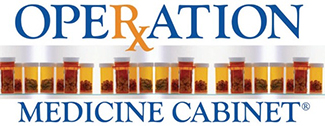Irritable Bowel Syndrome (IBS)
Irritable Bowel Syndrome (IBS) is a disorder involving the large intestine. Patients with IBS generally have overactive nerves and muscles in their intestines that over respond to normal stimuli such as eating. It is thought to affect 14 % of the United States population, but only about 3% of those affected seek medical advice and get diagnosed. The average age of diagnosis generally is in patients 25-54 years old, with women being twice as likely as men to suffer from the disorder. Irritable Bowel Syndrome symptoms can vary from person to person. Diarrhea, constipation, cramps, gas, and mucus in the stool are all common symptoms of IBS. This disorder can be difficult to clearly diagnose because there are no specific tests for it. Generally, a physician will diagnose based on symptoms and also by exclusion of more serious issues. Stool samples, blood work, and a colonoscopy may be performed to

